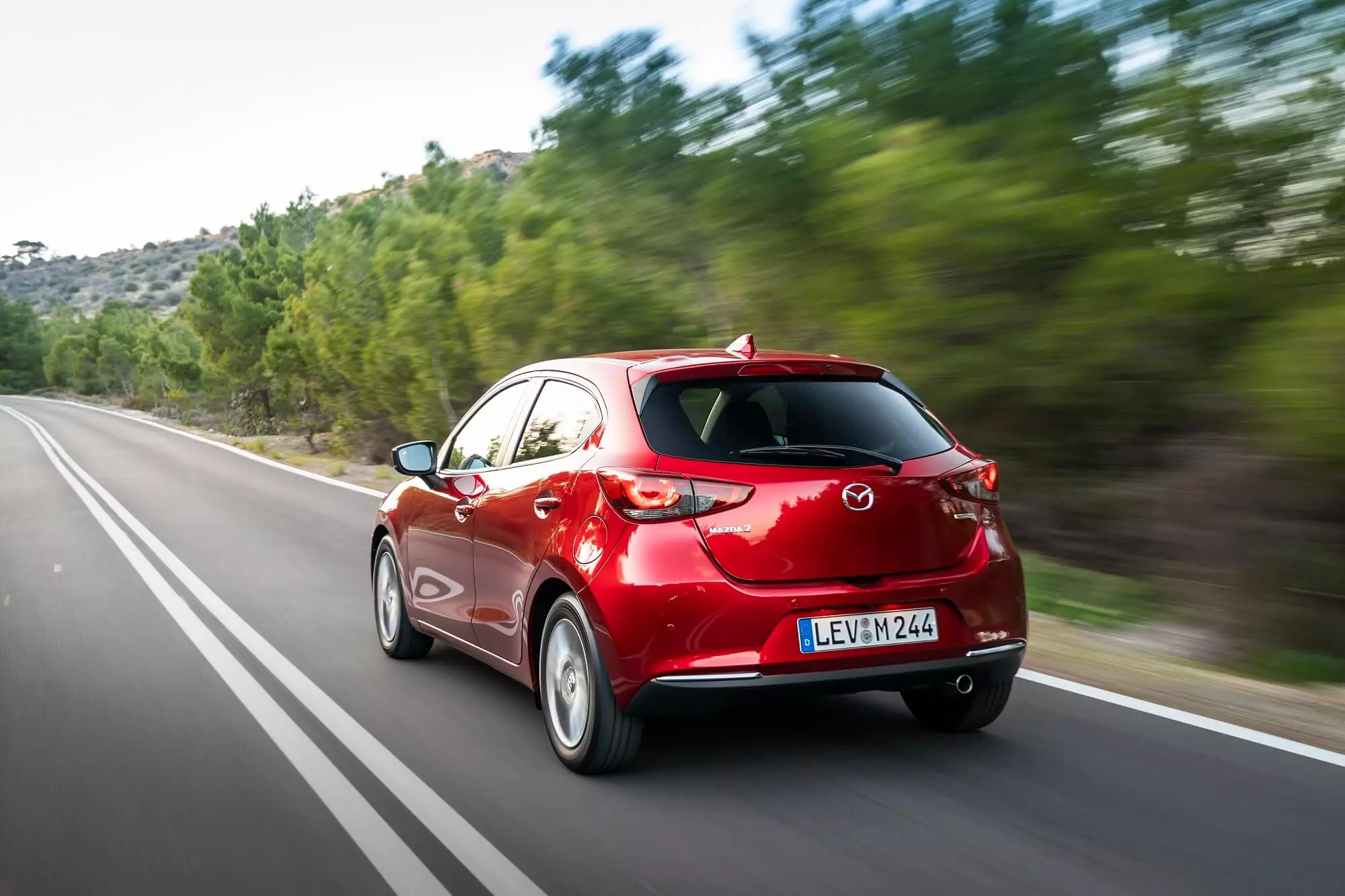Not just inline six-cylinder engines and a new rear-wheel-drive architecture will be made in Mazda's near future. “Buried” in the same document used in the presentation, it was also possible to be clear about the future of Mazda2.
Launched in 2014, the Mazda2 is one of the most veteran models in the segment. By now, we should be getting to know its successor — the lifecycle of a car on the market is typically 6-7 years. But not.
In early 2020 we saw the Mazda2 still receive one more update — in addition to a modest “face wash”, it was technologically reinforced and became mild-hybrid — which we were already able to experience firsthand:
However, given the strong renewal of the segment over the last 18 months — Renault Clio, Peugeot 208, Opel Corsa, Hyundai i20 and Toyota Yaris — to remain competitive in the segment will take more than a modest “wash in your face”. A new generation will be needed.
Toyota, the partner
It is nonetheless relevant that the small piece of information we found about the future Mazda2 was in the part dedicated to “Highlighting the Alliance”, with the focus residing on Mazda's relationship with Toyota. There is a first mention of the Isuzu — Mazda's new BT-50 pickup truck is derived from the Isuzu D-Max — but the focus of the information is really on the partnership with Toyota and where it goes in the next few years.
Subscribe to our newsletter
The two Japanese manufacturers have become closer in recent years — Toyota even holds 5.05% of Mazda and Mazda holds 0.25% of Toyota — and this approach has already resulted in the construction of a joint factory in the US and the future development of electric vehicles.
Over the next few years, we will see this partnership deepen with the launch, for example, of a Mazda crossover to be produced at the aforementioned new North American plant using Toyota's hybrid technology. But it won't stop here.

Mazda2, a Toyota Yaris in disguise?
On this side of the Atlantic, on the “Old Continent”, we will also see the effects of this partnership, with the successor to the Mazda2 appearing by the end of 2022 (a more precise date has not been put forward) and — surprise — derived from the new Toyota Yaris.
The reasons behind this decision are linked, above all, and as mentioned in the document, to the need to face the increasingly demanding regulations in terms of emissions in Europe. We've seen Mazda team up with Toyota to count its CO2 emissions for 2020, but having a SUV in the future with the Japanese giant's hybrid technology is a decisive step towards reducing its average emissions.
Instead of adapting this technology to one of your platforms, why not take advantage of the Yaris platform as well? Not only has GA-B been highly praised — including by us — but from an economic point of view it makes more sense than developing a new platform for small vehicles. While Mazda has a (still new) Skyactiv-Vehicle Architecture that fits its C-segment models, this one is too big for a SUV like the Mazda2 — it's easier and cheaper to stretch a platform than to shrink it.
The use of the GA-B instead of a base of its own helps to justify the silence of recent years about the fate of the Mazda2 by Mazda. We've only heard about six-cylinder engines, rear-wheel drive architecture and the Wankel as a range extender.
Remember that the opposite is already happening in the USA. You don't sell the Mazda2 there, but you can buy a Mazda2 like a Toyota… Yaris — get to know this story better.
It remains to be seen how much the future Mazda2 will diverge from the new Toyota Yaris, inside and out — no one wants to go back to the days of the Ford Fiesta/Mazda 121 clones. Today's platforms are flexible enough to create very different products from each other.
If the Mazda2 has a secure future, what will happen to the Mazda CX-3? Let the speculation begin…
